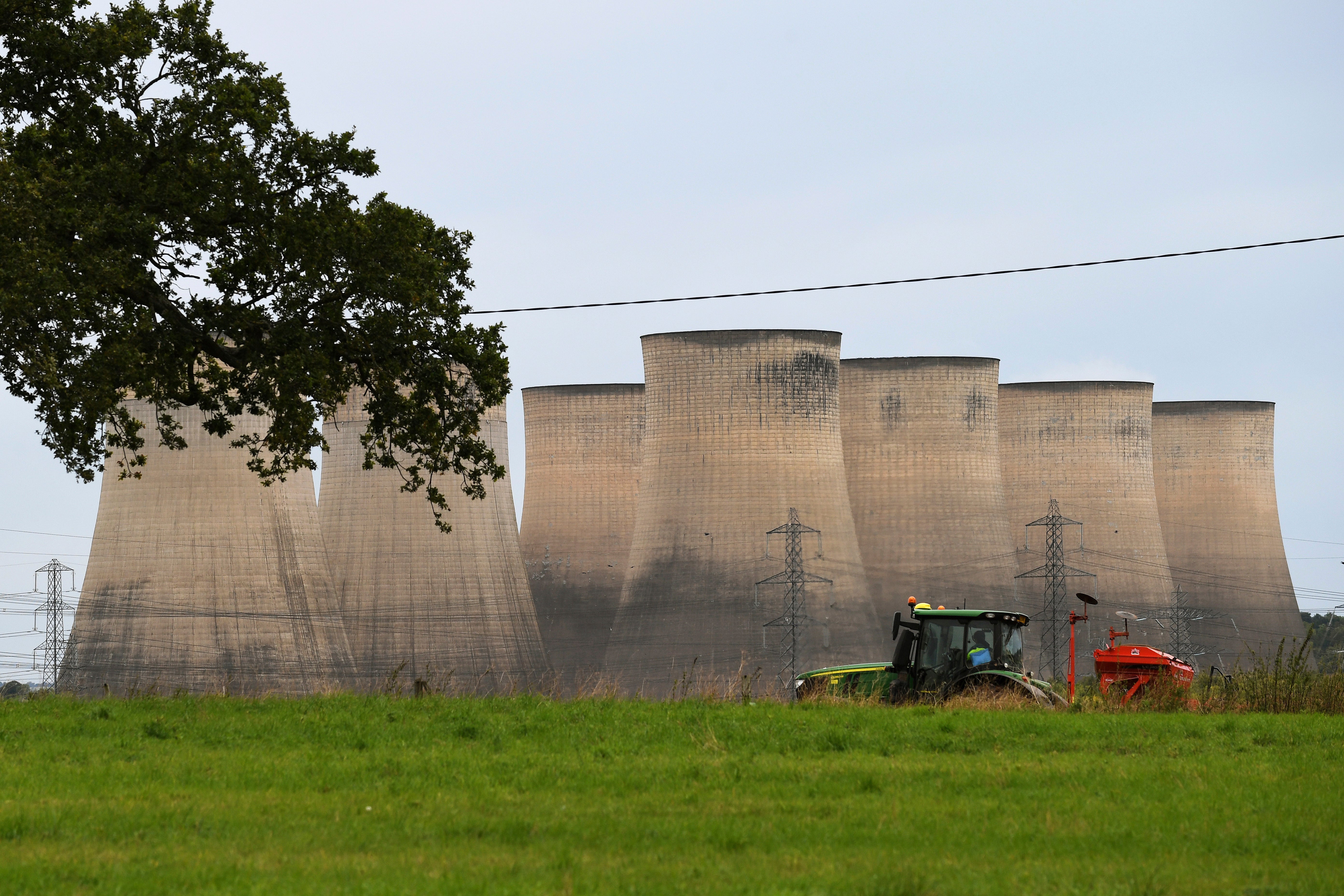Will Britain suffer a power outage? Freezing weather brought UK ‘within a whisker’ of blackout
NESO told consumers it was safe to continue to use electricity as normal after operations
Millions of Britons came within a ‘whisker’ of being plunged into darkness this week during the coldest nights of the year.
Great Britain’s National Energy System Operator (NESO) had asked power plant owners to generate extra electricity on Wednesday evening when temperatures plunged below zero.
The energy grid operator said it needed an extra 1,700 megawatts of power, equivalent of the output of three gas-fired power plants, to generate enough electricity to power homes across England, Scotland and Wales within its normal safety margins.

NESO was at pains to point out that it does not signal that blackouts are imminent or that there is not enough generation to meet current demand.
But Kathryn Porter, an independent energy consultant, said: “The GB power market came within a whisker of blackouts. Neso used almost every last megawatt available.
“This should be a real wake-up call about the dangers of relying on weather-based generation.”
With peak electricity demand typically in the evenings during British winters, The Independent looks at how likely a blackout is in the UK.
Will there be blackouts in the UK today?
The National Grid says whilst these are unlikely there are a number of variables that could lead to a Rota Load Disconnection (RLD) event, but it is difficult for them to predict exactly when one might happen.
In the statement released by NESO, they say there is no suggestion, at present, that the blackouts or power cuts are “imminent”.
A spokesperson for NESO said on Wednesday: “Following the Electricity Margin Notice last night a Capacity Market Notice has now been issued for this evening starting from 4.30pm.
“Both of these notices are part of NESO’s operational toolkit and are routine tools used most winters. These notices are to inform the energy industry of the need for additional electricity supplies to maintain the operational reserve NESO holds whilst operating the national electricity network.
“These notices do not mean that electricity supplies are at risk or that there is not enough electricity to meet demand.”
How close did the UK come to a blackout?
Late on Tuesday, with much of Britain entering a cold weather snap, NESO issued an electricity margin notice for Wednesday evening. Peak electricity demand is typically in the evenings in Britain in winter.
The NESO is responsible for maintaining Britain’s power supply and has a range of measures available to ensure there is enough electricity to meet demand.
It warned there could be a system margin shortfall of 1,120 megawatts compared with the amount it would like to be available.
It also issued a capacity market notice but cancelled it shortly after.
Under the capacity market scheme, generators are paid to make sure power generation is available at times when demand is high.
What causes a blackout?
Variables include:
- If temperatures drop sharply and the government and National Grid are unable to import enough gas and electricity from Europe.
- There’s less energy available due to a lack of wind power.
- Prolonged cloudy weather meaning there’s less solar power.
- If a nuclear power station needs to shut down for repairs.
How will I know a blackout is coming?
The government will give up to 48 hours notice so you have time to get ready.
Your electricity should be off for no more than 3 hours at a time, but this could vary depending on the severity of the situation.
During the power cut, try to keep room doors shut as much as possible to keep the heat in and the draughts out. And the same goes for your fridge and freezer too, to help them stay cold.
EON advice to Brits ahead of a blackout
Here are our suggestions for what to do in the run up to an emergency power cut:
- Check that your neighbours (particularly the elderly and vulnerable) know what’s happening and when.
- Keep a torch handy, with spare batteries - it’s much safer than candles.
- Charge devices like phones, laptops and batteries.
- Keep blankets and warm clothing ready.
- Fill a flask with boiled water for hot drinks and a hot water bottle to help you stay warm.
- Leave a light on so you know when power is back on.
Remember - if you have a gas cooker, the electronic ignition won’t work during a power cut so have a lighter available, just in case you need it.
Join our commenting forum
Join thought-provoking conversations, follow other Independent readers and see their replies
Comments
Bookmark popover
Removed from bookmarks